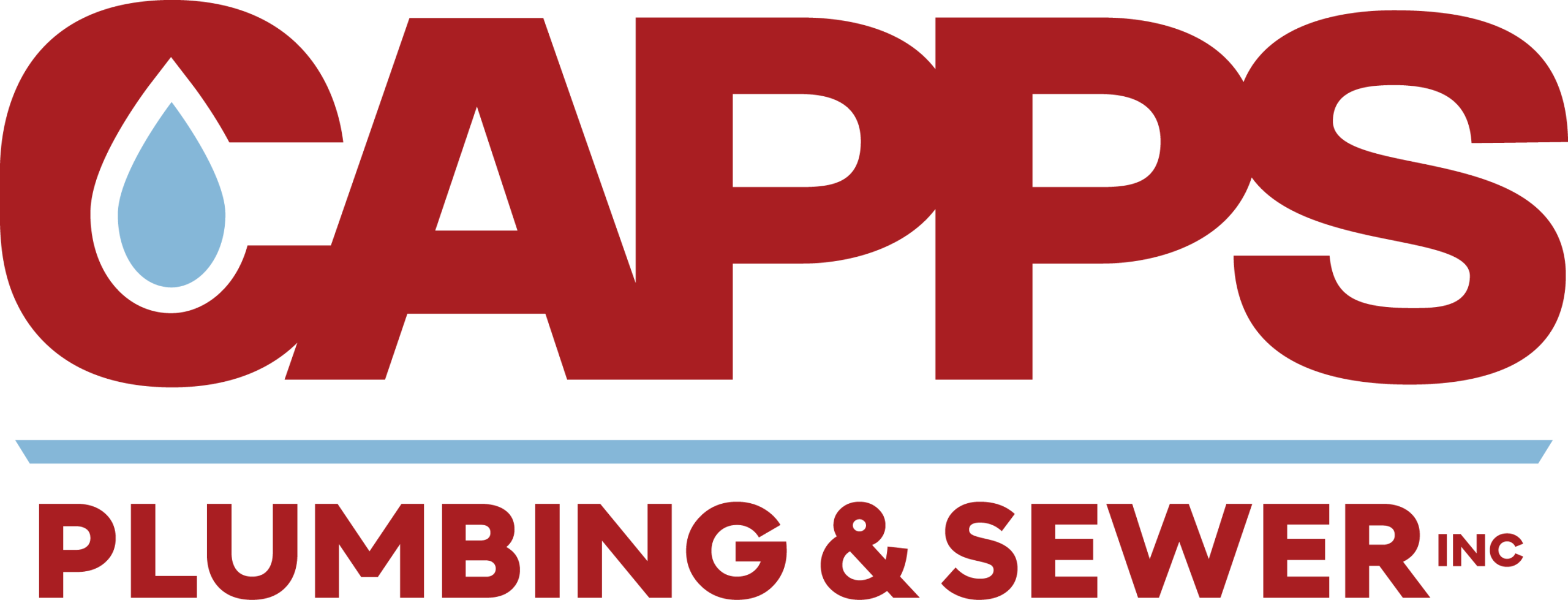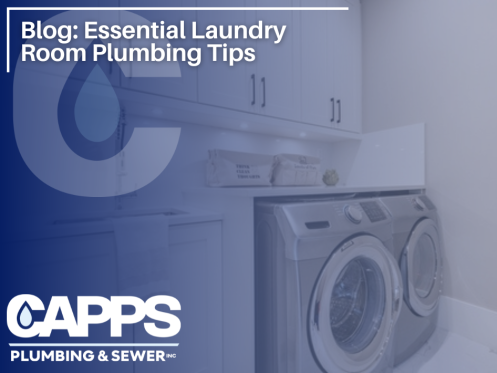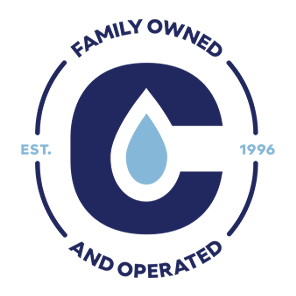What are some common plumbing issues in a laundry room?
Common plumbing issues in a laundry room include clogged drains, leaking pipes or hoses, malfunctioning washing machine valves, and low water pressure. Regular maintenance and proper installation can help prevent these issues and ensure the smooth functioning of your laundry room plumbing system.
Laundry rooms are a crucial part of every household but come with plumbing challenges. From leaky hoses to clogged drains, laundry room plumbing can be tricky. That’s why it’s essential to understand the basics of laundry room plumbing and how to maintain it properly. In this blog post, we will discuss the various aspects of laundry room plumbing, including common challenges you may face and particular considerations you need to consider. We will also provide a detailed guide on specific aspects of laundry room plumbing, such as hose integrity, washer functionalities, laundry drains, filters, and exposed pipes. Lastly, we will talk about the role of maintenance in keeping your laundry room plumbing in optimal condition to avoid any unpleasant surprises down the road.
Special Considerations in Laundry Room Plumbing
Mechanical issues must be considered when addressing laundry room plumbing, as they can significantly impact the system’s functionality. Moreover, compliance with plumbing and building codes is essential to ensure a safe and efficient setup. Additionally, the placement of vent pipes plays a crucial role in optimizing the plumbing system’s efficiency while considering electrical aspects is also paramount. Lastly, ensuring compatibility with modern homes is vital for seamless integration and performance.
Mechanical Issues
Proper installation of washer valves is crucial for laundry room plumbing, ensuring efficient water flow and preventing leaks. Maintaining the integrity of washer hoses is essential to prevent water damage and ensure smooth operations. Additionally, regular upkeep of the washer drain line and floor drain cleanliness is vital for a well-functioning laundry room plumbing system. Equally important is installing a laundry sink faucet to facilitate washing and cleaning tasks.
Plumbing and Building Compatibility
Regarding laundry room plumbing, building codes are crucial in dictating the fittings and installation. Proper compliance with plumbing codes for dryer vent installation is essential to ensure functionality. Additionally, the compatibility of the plumbing system with laundry room appliances is a crucial consideration. All plumbing fittings in the laundry room must adhere to the national electrical code, ensuring safety and efficiency.
Electrical Aspects to Consider
Proper compliance with electrical codes is essential for washer electrical fittings. Installing a reliable heating system is a crucial factor in laundry room plumbing. Attic plumbing compatibility should be considered as it is an essential electrical aspect. Implementing modern electrical codes can significantly enhance the overall laundry room plumbing. Drywall moisture protection plays a critical role in safeguarding the electrical aspects of the laundry room.
Ensuring Hose Integrity
Proper maintenance of rubber hose fittings is essential for efficient laundry room plumbing. Ensuring tight hose fittings and adequate washer hose length are crucial for preventing leaks. Regular checks and timely hose replacement are necessary for the system’s overall integrity. By adhering to these measures, you can prevent potential issues and maintain a smooth flow of cool water during laundry cycles, promoting the longevity of the plumbing system.
Critical Aspects of Laundry Drains
Efficient water supply design is crucial for the laundry drain system. Proper venting prevents sewer gas from entering the room. Regular maintenance of drain lines is essential to prevent water damage. A p-trap in the laundry sink drain line stops sewer gas from escaping. Inspecting the floor drain for clogs or leaks is necessary. Incorporating NLP terms such as “moist air,” “plumber,” and “inch” enhances the comprehensive understanding of laundry drains.
Importance of Strainers in Laundry Room
Filters prevent clogs and debris buildup to maintain proper water flow in the laundry room. Filters in the utility sink and washing machine water supply lines act as barriers against lint, hair, and debris, ensuring they do not enter and clog the plumbing system. Regular cleaning of these filters is essential to prevent any drainage system blockages and maintain efficient water flow. Additionally, installing a lint trap on the washing machine drain hose further prevents lint from clogging the plumbing system.
Handling Exposed Pipes
To prevent freezing in cold weather, ensure insulation of exposed laundry room plumbing pipes. Installing pipe sleeves on hot water supply lines can prevent heat loss and scalding. Regularly inspect exposed plumbing lines for leaks and corrosion to avoid moisture damage to drywall. Check exposed washing machine hoses for cracks or leaks at regular intervals to maintain their integrity. Proper maintenance of laundry room plumbing is crucial to prevent potential issues.
The Role of Maintenance in Laundry Room Plumbing
Regular maintenance of laundry room plumbing is essential for preventing water damage and leaks. It ensures optimal performance and water efficiency, involving checks on supply lines, fittings, and drain pipes. Following plumbing codes and regular maintenance can prevent water supply issues. Moreover, routine maintenance can significantly extend the lifespan of various plumbing fixtures. Proper maintenance plays a crucial role in preserving the integrity and functionality of laundry room plumbing systems.
How Often Should You Update Your Laundry Room Plumbing?
Updating your laundry room plumbing is crucial for optimal performance. If your system is outdated or showing signs of wear, it’s time for an update. Modern homes may require updates to meet current codes, and recurring leaks, clogs, or water supply issues indicate the need for an upgrade. Consider the maximum length of the washer box vent pipe and explore PEX or PVC fittings for improved water supply efficiency.
Conclusion
In conclusion, proper plumbing is crucial for a functional and efficient laundry room. From addressing common challenges to understanding the details of laundry room plumbing, it’s essential to ensure hose integrity, consider the functionalities of a washer, pay attention to laundry drains, and install filters to prevent clogs. Regular maintenance checks are also essential for optimal performance and to catch any potential issues early on. If you need clarification about the state of your laundry room plumbing or need assistance with updates or repairs, consult a professional plumber who can provide expert guidance and ensure that your laundry room remains in top shape.
Schedule an appointment today at Capps Plumbing.




